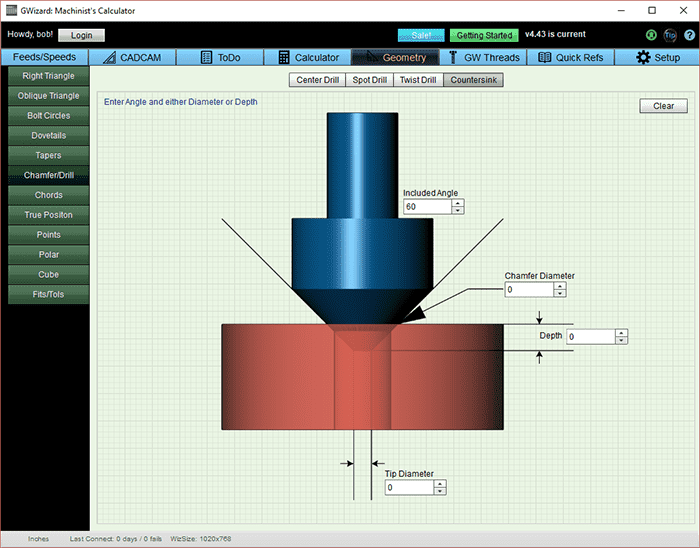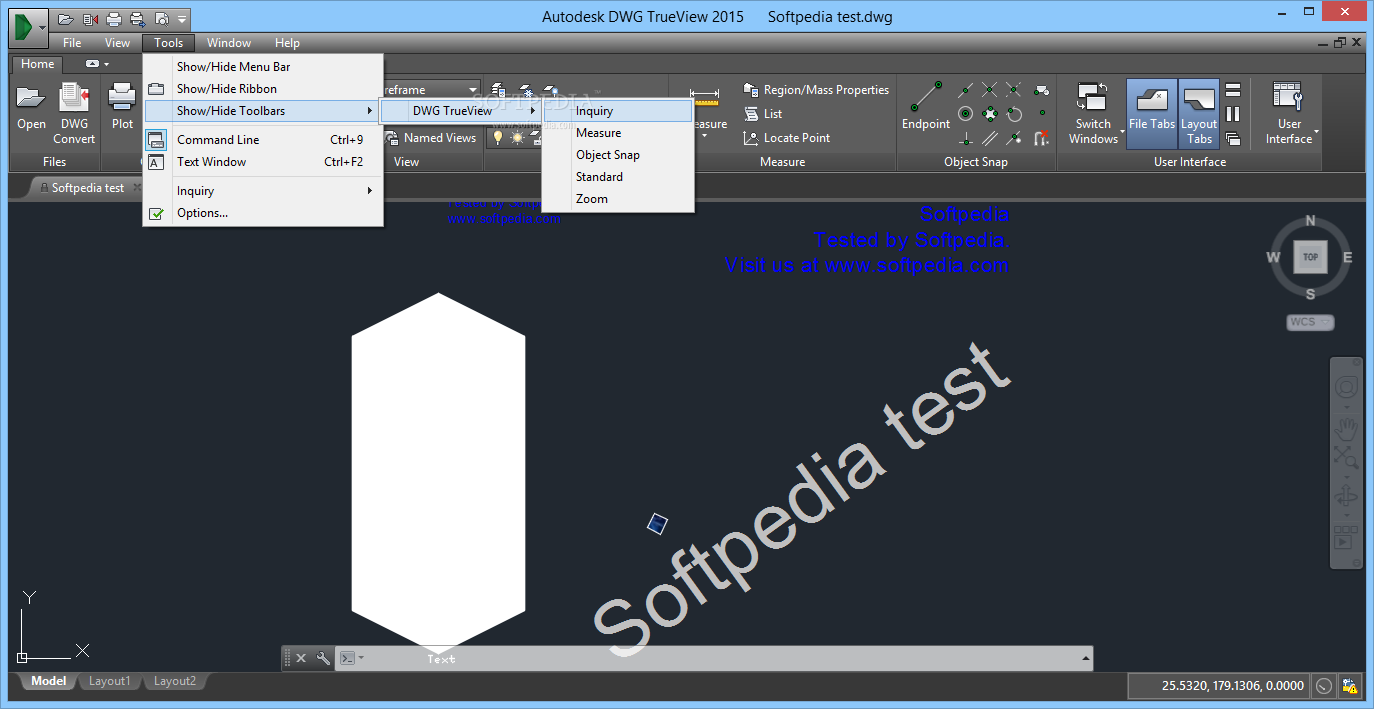

Capacitively couple the output of the filter into an audio amplifier, such as an LM386, then into a loudspeaker of some sort.įor a PIC18F the bounds of duty cycles resolution must be between 2-bits and 10-bits.Īnother way to express this resolution is to count how many different values can the CCPxL+CCPxCON bits be set with some affect on the pulse width of the PWM output for the period set in the TIMER2 register PR2. However, dsPICs have a lot of flash memory, so the chip itself might be good enough.Īttach a 4 kohm resistor and a 0.01 uF (10 nF) capacitor to the output pin. Storage of audio of any decent length might require an external IC, such as a dataflash. In the timer's ISR, grab a new sample from the stored audio and put it into the Duty Cycle register of the peripheral. Setup another timer to interrupt at a rate equivalent to the audio sample rate in your case, 8 kHz. In a dsPIC, usually this will be either TMR2 or TMR3. One timer will be the timebase for the Output Compare peripheral. The Output Compare setup will require two timers. OC module frequency = Fpwm = (Ftmr) / (10^(R*log(2))) The lower the resolution, the higher the speed.Ĭomputing the PWM frequency for a given resolution: The advantage of the lowest resolution possible is that an inverse relationship exists between speed and resolution. The PIC18F architecture uses the actual oscillator frequency, not the instruction clock. OC module resolution = log(Tpwm/Ttmer) / log(2) = log(Ftmr/Fpwm) / log(2) PWM module resolution = log((2*Tpwm)/Tcy) / log(2) = log((2*Fcy)/Fpwm) / log(2) Since modern-day microcontrollers are so fast, you can really jack the clock rate high enough to get the PWM frequency well into the attenuation band of the simple filter. Going into the active filter realm greatly complicates the hardware side of the design. A 16-bit color needs 2 bytes of information per pixel, while a 24-bit one needs 3.First off, one can approach this problem from one of two basic perspectives:ġ) emphasize the sophistication of the filter in order to keep the ripple downĢ) go with a simple R-C filter and jack the PWM frequency as high as possible above the sampling rate If you use 8-bit colors, each pixel has to store 8 bits of information (equivalent to 1 byte). The higher the color depth, the bigger the data size of every pixel. If you choose to have a 16-bit color depth, you can encode 2¹⁶, that is, 4096 different colors. For example, in 8-bit color depth, each pixel can have one of 2⁸ = 256 colors. This phrase means nothing else than the number of bits used to indicate the color of each pixel. Secondly, the frame size depends on the color depth. Each pixel is a piece of data to be saved thus, the better the resolution, the bigger the frame size.

Resolution is usually expressed as the number of pixels in the horizontal and vertical dimensions.

The data size of such an image depends on several parameters.įirst of all, the size of a frame is connected with the resolution - the number of pixels that can be displayed. A video frame is one of many images that the whole "moving picture" is comprised of.


 0 kommentar(er)
0 kommentar(er)
